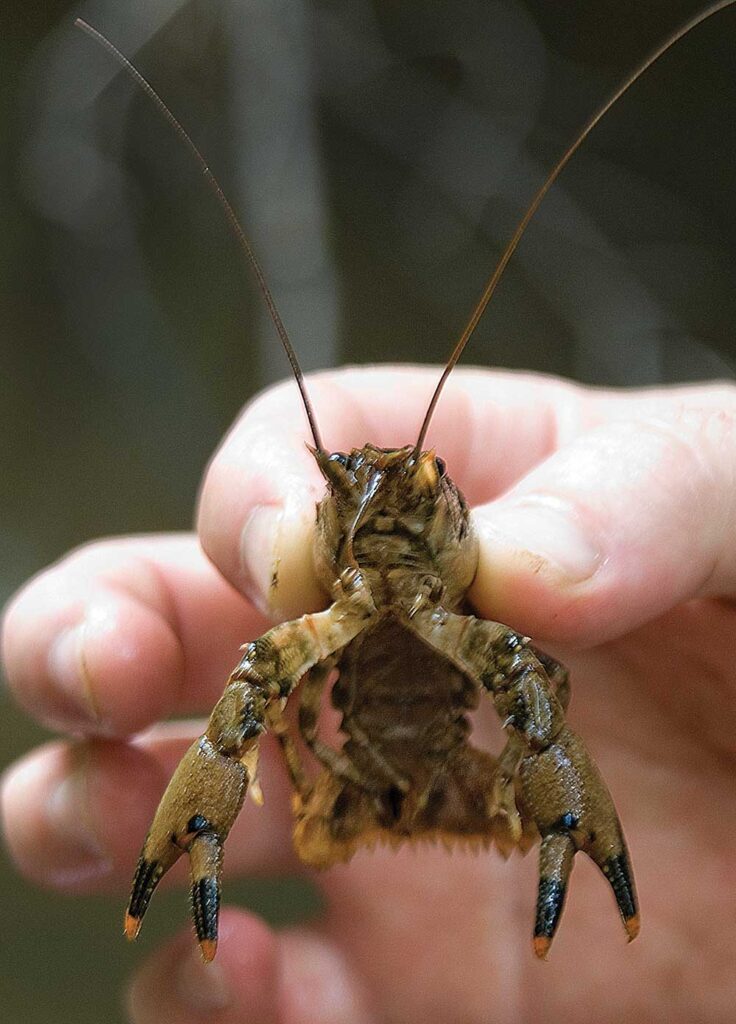
Biodiversity abounds at Big Canoe Creek Nature Preserve. Just look around you.
Trees form more than just shade on a warm, sunny day. They represent the diversity of the preserve’s dense forest. Find beech, red and sugar maple trees as well as stands of river cane.
Among the hardwood and pine forests, discover native plants – wild azaleas, oak leaf hydrangeas, mountain laurels and buckeyes.
Want to go bird watching? There’s plenty to see! So far, eBird’s list of the species spotted there is up to 84, ranging from the Yellow-bellied Sapsucker to the Great Horned Owl and dozens in between. Even the Summer Tanager, the only totally red bird in North America, has made an appearance.
If you need help identifying all of them, just download the Merlin Bird ID app developed by the Cornell Lab of Ornithology on your cell phone. It is a handy helper to determine which tweet is which. Don’t forget to take your binoculars!
And the preserve’s namesake, Big Canoe Creek, is home to more than 50 species of fish, including the rare Trispot Darter, discovered in 2008 in Little Canoe Creek. It is a species that used to be found in Alabama but had not been seen in nearly 50 years. It is now listed by the U.S. Fish and Wildlife Service under the Endangered Species Act, as threatened.
Mussels, nature’s own water filter, were once in “great supply” in Big Canoe Creek, which has retained most of its species and has kept the creek pristine, underscoring its ecological integrity. However, the Canoe Creek Clubshell (Pleurobema athearni) found nowhere else but in Big Canoe Creek is listed under the Endangered Species Act, as recently as 2022 as “endangered”. There is an effort underway to assess the watershed and determine what steps can be taken to keep this species from extinction.
Big Canoe Creek has eight federally listed freshwater mussel species, and its 18-mile main stem stretch was designated a ‘critical habitat’ under the Endangered Species Act in 2004. l















